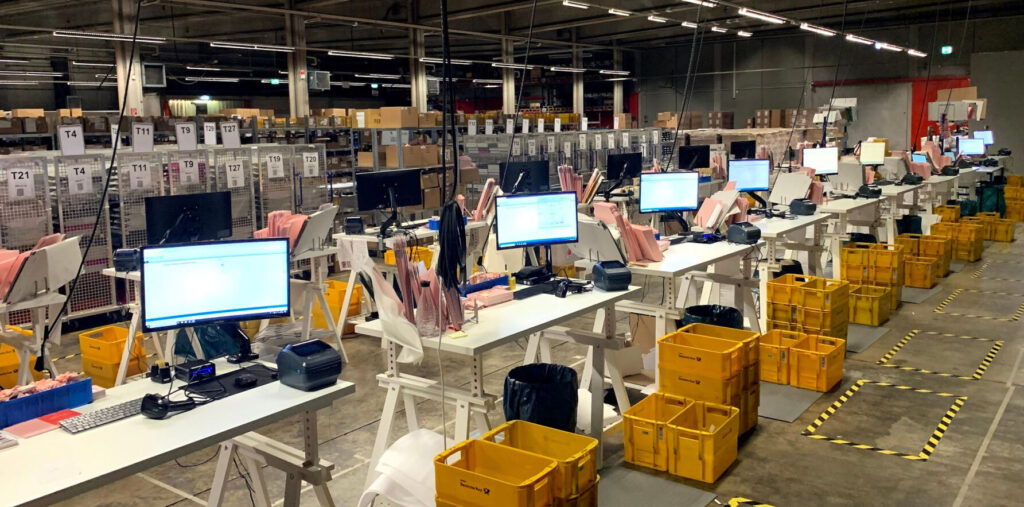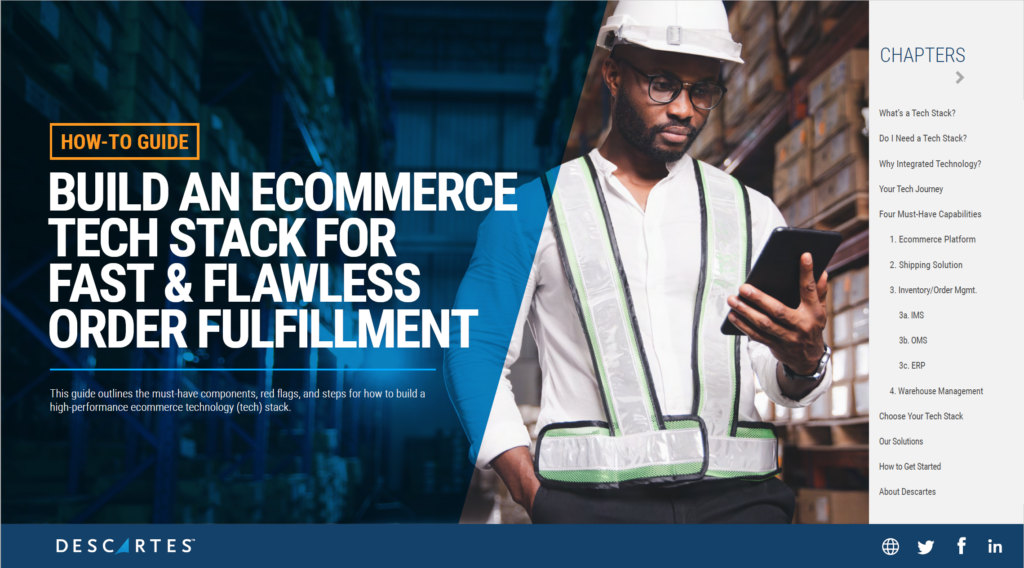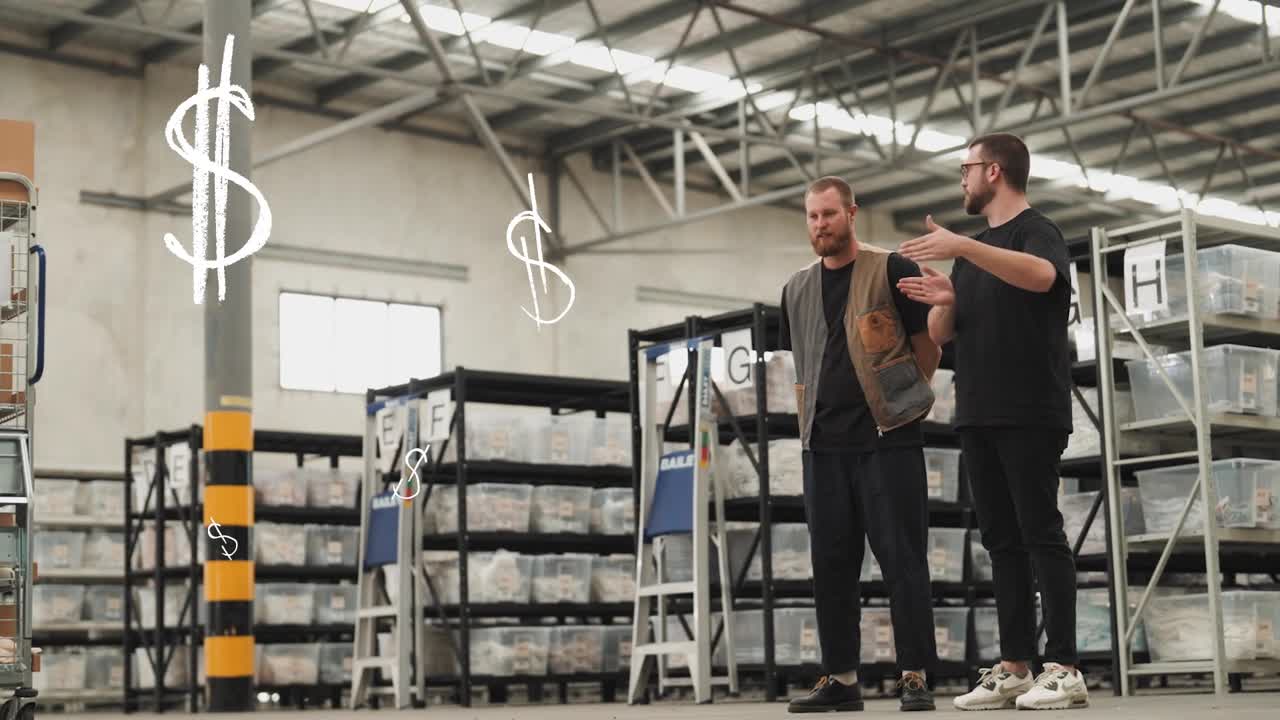The decision to transition away from an All-in-One solution in warehousing is a critical one that requires careful consideration. While retailers often express the need to move away from such systems to address warehouse challenges, it is essential to assess the situation holistically. This article aims to provide insights into determining whether a shift from an All-in-One solution is necessary and explores key factors to consider in making an informed decision.

Defining an All-in-One Solution
An All-in-One solution, in the context of warehousing, refers to an entry-level software system that offers basic functionalities for small to mid-sized businesses. Typically, encompassing inventory management, carrier management, and sometimes accounting and finance features, these solutions cater to companies seeking to streamline their business processes and enhance operational efficiency, especially when transitioning from manual workflows.
Advantages of Entry-level All-in-Ones
Entry-level All-in-One solutions offer several advantages, particularly for businesses in their early stages. They provide a cost-effective option for initiating operations and represent a logical step forward from manual processes. These systems often require minimal integration efforts, since they consolidate multiple functionalities into a single platform.
Essential Features in All-in-One Solutions
- Accounting and Finance: Basic functionalities encompassing general ledger, accounts payable and receivable, billing, and financial reporting.
- Inventory Management: Tracking inventory levels, monitoring sales trends, generating purchase orders, and generating basic reports.
- Warehouse Management: Fundamental warehousing capabilities such as order picking, packing, and shipping designed for businesses with low order volumes.
- Order Management: Basic integrations with multiple platforms, including ecommerce webstores and marketplaces, to streamline order tracking from various sources.
- Purchasing and Procurement: Core procurement functionalities such as creating purchase orders, tracking purchase history, and monitoring vendor performance.
- Carrier Management: Basic integration with carriers to facilitate order shipping label generation with limited rule engine capabilities.
Determining the Need for Transition
Critical Assessment: Evaluating the performance of an All-in-One system requires a systematic approach. Begin by assessing the system’s strengths and weaknesses and identifying any pain points that affect core business operations. For instance, if the system excels in order receiving but falls short in pick-pack dispatch, it may indicate the need for enhanced accuracy and productivity through features like scanning. Furthermore, business-critical concerns, such as delayed orders and incorrect items, demand prompt action. Generally speaking, handling 200 orders a day or less should be manageable with an entry-level All-in-One solution.
Scaling Considerations: An important factor to evaluate is the projected growth trajectory of the business. If consistent growth is expected, exceeding the system’s capacity in the near future or attracting investment, it is prudent to initiate discussions regarding the future of the warehouse and fulfillment setup. Timely proactive measures can prevent issues arising from overwhelmed operations during peak periods, such as sales promotions.
“Most importantly, Peoplevox is configurable and made for the ecommerce fashion industry. It’s a real specialized piece of software. There are so many systems out there that try and do something for everyone, but it is clear Peoplevox is built exactly for our use case. It’s bulletproof and has significantly reduced human error from the operation.”
Chris Brian, Co-Founder, LOVALL
Advice from Industry Experts
Industry experts, such as Andy Ballard, CEO of Disco Labs, advocate for investing in specialized solutions rather than relying on All-in-One systems. Ballard suggests adopting “best-in-class” solutions for different areas of the commerce stack, instead of attempting to cover multiple bases with a single tool. “The days of the ‘Swiss army knife’ solution are coming to a close—merchants today need the right tool for each of a dozen key areas of the modern commerce stack,” Ballard explains in an interview with Shopify. While All-in-One solutions may cover 80% of needs, the remaining 20% can impact margins and market share. A strategic approach involves researching and investing in specialized solutions tailored to specific requirements.
The Transition Process
Transitioning from an All-in-One solution involves adopting multiple best-in-class vendors and integrating them through a reliable integration partner. Begin by identifying the most pressing pain points and engaging with vendors who specialize in addressing those specific challenges. They can help outline an optimal technology stack and introduce partners capable of fulfilling the desired objectives. It is crucial to prioritize the vendor’s alignment with your business interests and gather insights from reputable platforms and ecommerce businesses in the same domain.
“The implementation process was amazingly focused and meticulous, with Krzysztof really becoming part of our team for the 12 weeks, fully understanding our business, the requirements, and our unique circumstances and challenges. This made me feel like we 100% made the best choice and Peoplevox 100% understood ecommerce fulfillment.”
David Burleigh, Director, Fishing Tackle & Bait
Next Steps
Deciding whether to move away from an All-in-One solution in warehousing necessitates a comprehensive evaluation of business needs, pain points, and growth prospects. By conducting a thorough assessment and seeking expert advice, retailers can make an informed decision regarding the optimal technology stack for their warehouse and fulfillment operations. Proactive measures in transitioning to specialized solutions can lead to improved customer experiences, sustained growth, and a competitive edge in the market.
Everyone wants fast and flawless ecommerce order fulfillment but sometimes it seems impossible to identify which of the countless solutions are the most suitable ones for your business. If you’re ready to bring your ecommerce business to the next level, download our guide, “Building an Ecommerce Tech Stack for Fast & Flawless Fulfillment”.







